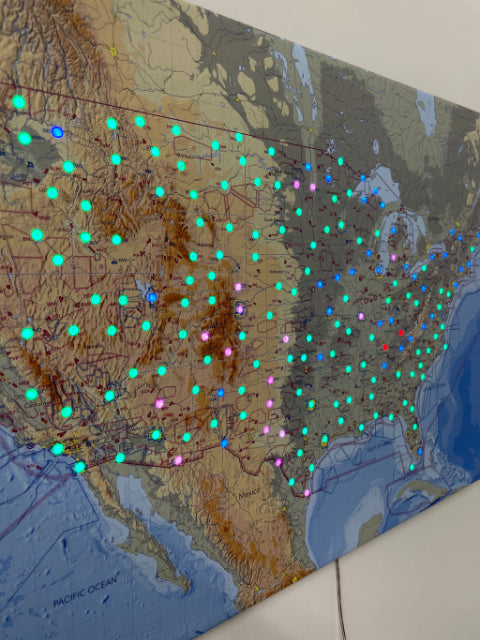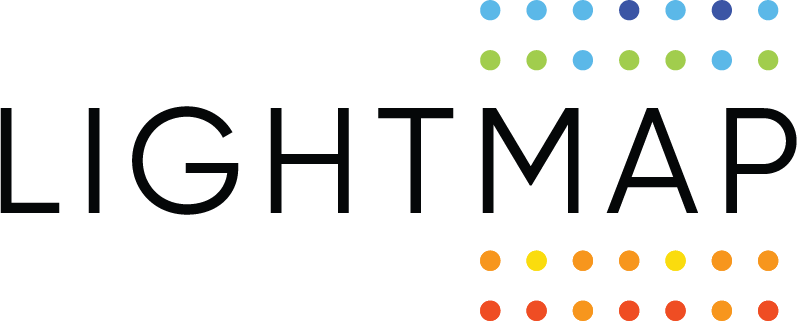
When pilots think about the weather, it's often through a completely different lens than the one you might use before heading out for a morning bike ride. Your concerns with "the weather" will focus on the temperature, precipitation like rain or snow, and maybe even thunder and lightening in the area. Compare this to an aviator, whose primary source of consternation is going to be visibility and cloud cover. Why is this?
There are two ways to pilot an airplane: visual flight rules (VFR) and instrument flight rules (IFR). When flying under VFR, you are basically looking out the window to make sure that you're not crashing into anything. The only instruments required are an altimeter, compass, and airspeed indicator. The FAA does however, impose weather restrictions on when you can fly under VFR. In general, the visibility must be at least 3 miles and you must be able to avoid flying in the clouds. Compare this to IFR flying, where advanced instrumentation can allow takeoff and landing with zero visibility, in any weather.

This brings us to the notion of "flight category". The FAA has defined several flight categories with color codes. VFR conditions are GREEN, and are defined as visibility greater than 5 miles and cloud layers higher than 3000 feet. Marginal VFR (MVFR) is BLUE, and happens when the visibility drops between 3-5 miles, OR the lowest cloud layer is between 1000-3000 feet. As conditions worsen, the IFR category takes over, and is RED with visibility between 1-3 miles OR cloud layers between 500 and 1000 feet. Finally, Low IFR (LIFR) is the worst conditions, and is PURPLE with visibility less than 1 mile or cloud layers below 500 feet.
Our LightMap AIR displays use this flight category classification by default to color code each airport on the map. By analyzing the weather data at each airport every 5 minutes, the flight category is calculated and the LED colors are adjusted accordingly.
We also offer a "weather mode", which can be selected during the WiFi setup process. When weather mode is selected, we also consider wind and precipitation data to come up with a general weather quality. This corresponds more closely to what non-pilots would think about when looking at the weather. The color codes still use PURPLE, RED, BLUE, and GREEN to transition from the worst weather to the best weather.









Leave a comment (all fields required)